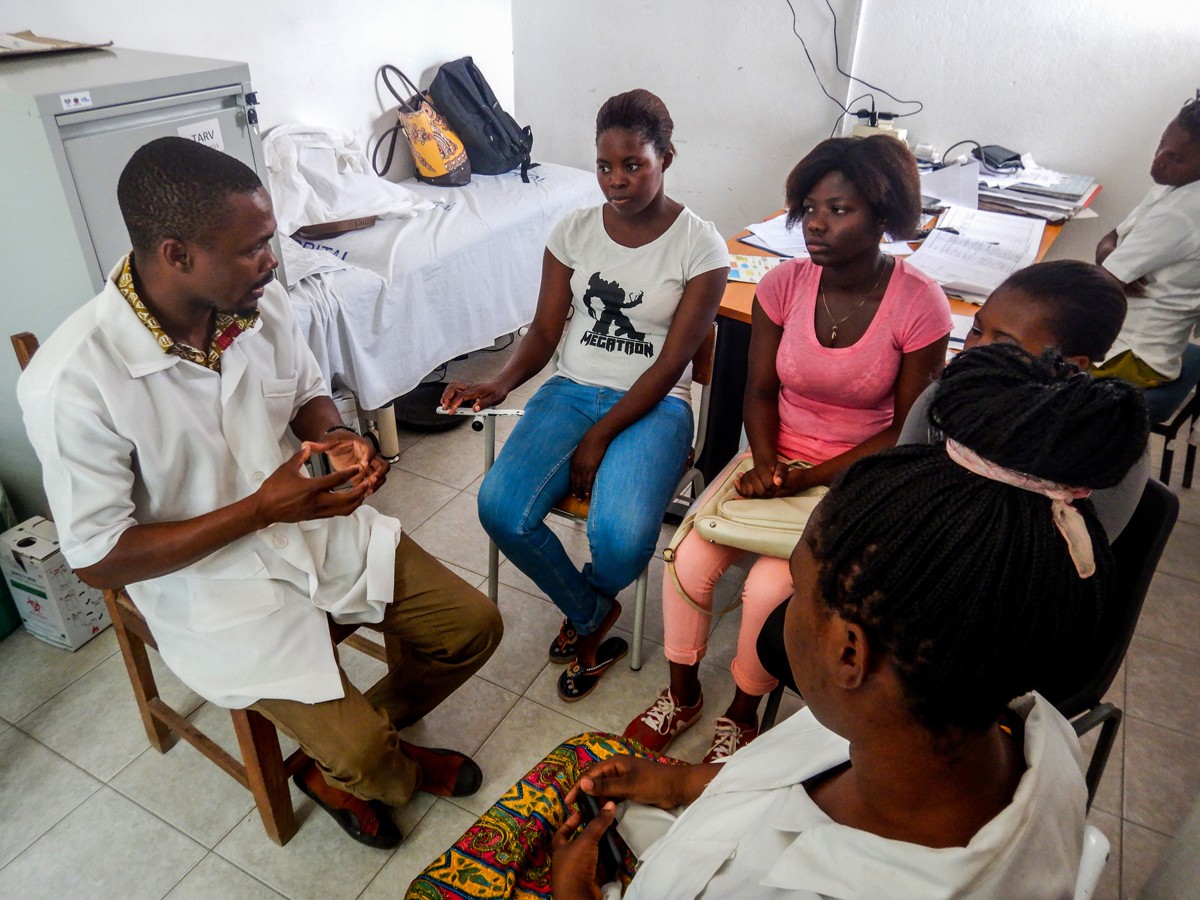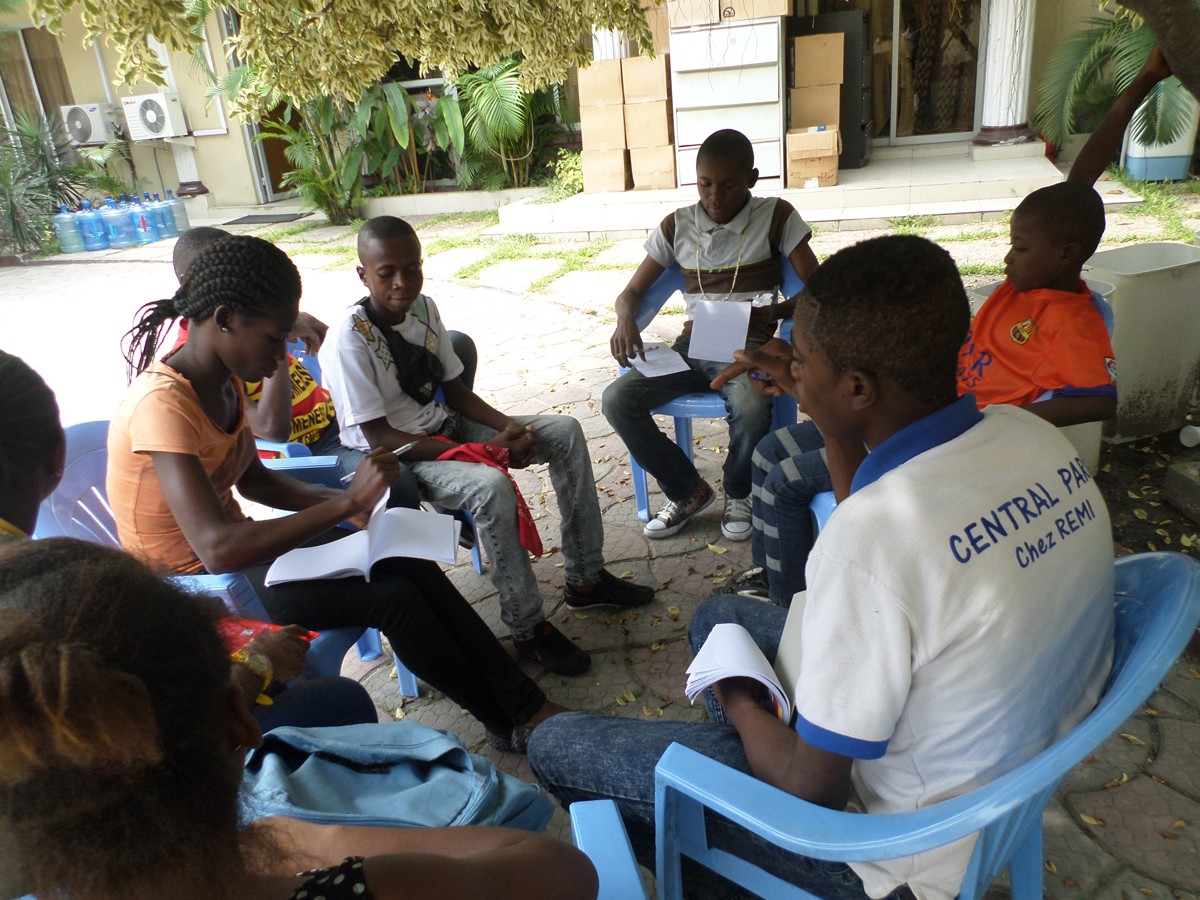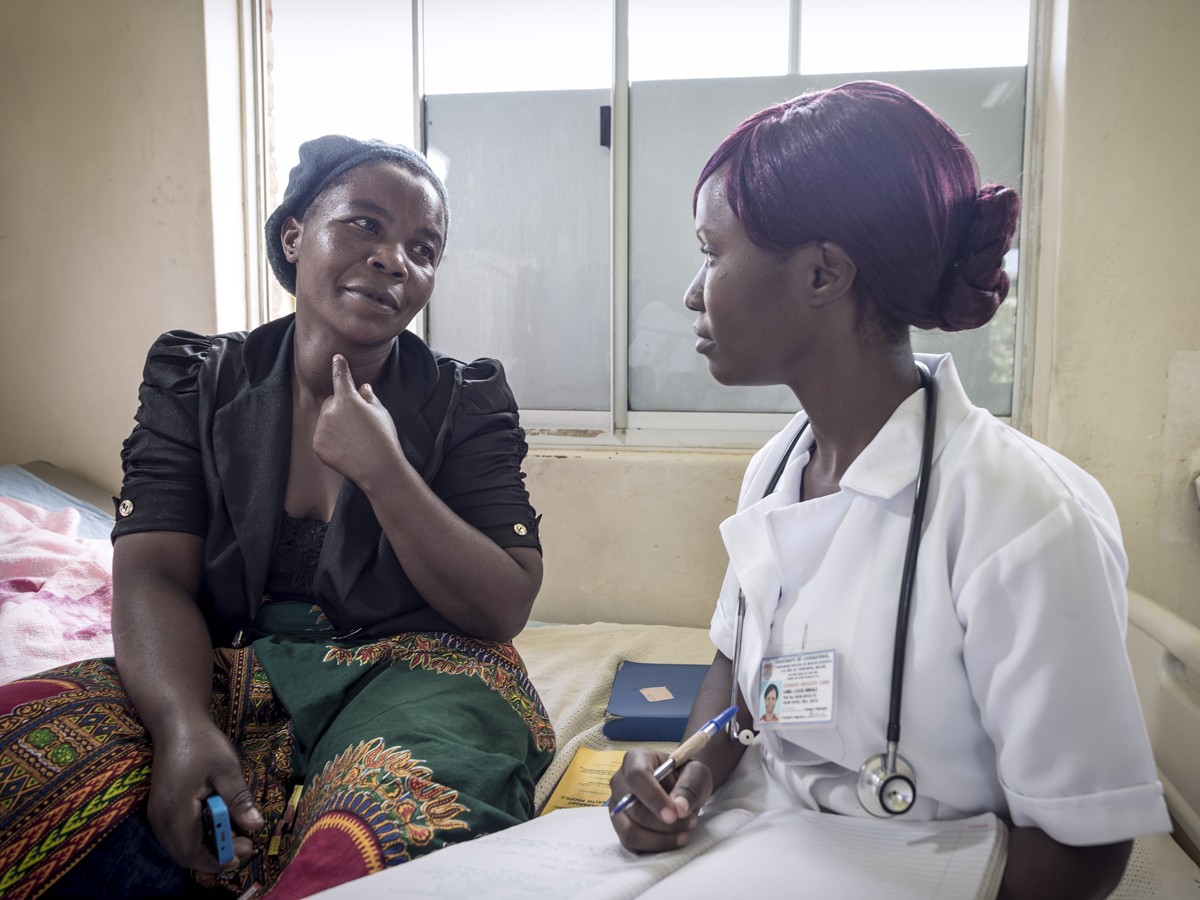Authors:
Kiana Chan, Monique Millington, Andrea Low, Shannon M. Farley, David Hoos, Wafaa M. El-Sadr, Melissa Reyes, Abigail R. Greenleaf
Abstract:
Telehealth during the COVID-19 pandemic grew expansively and provided patients with care when there were substantial movement restrictions. We examined access to internet and telehealth services as well as factors associated with telehealth use among older New York City residents. From December 2020 to March 2021, we conducted a random digit dial phone survey, calling listed New York City landline phone numbers. A total of 676 individuals 70 years or older were recruited; 62% were ages 70–79 and 38% were 80 years or older. Forty-five percent self-identified as White, 21% as Non-Hispanic Black or African American, 20% as Latinx, and 14% as another race. Sixty-three percent were female and 37% were male. Twenty percent did not have access to internet. During the prior three months, 44% indicated having a phone or video telehealth visit. Compared to White participants, Black participants had 2.15-fold higher telehealth use (CI: 1.33–3.44, P-Value: < .001), Latinx participants had 2.27-fold higher telehealth usage (1.19–4.27, P-Value: < .001), and those of another race had 3.45-fold higher telehealth usage (CI: 1.67–7.08, P-Value: < .001). Older Black, Latinx, and those of another race were more likely to use telehealth than White older New Yorkers. However, overall, a substantial percent did not have access to the internet, limiting their access to telehealth and their ability to seek pandemic related resources.








